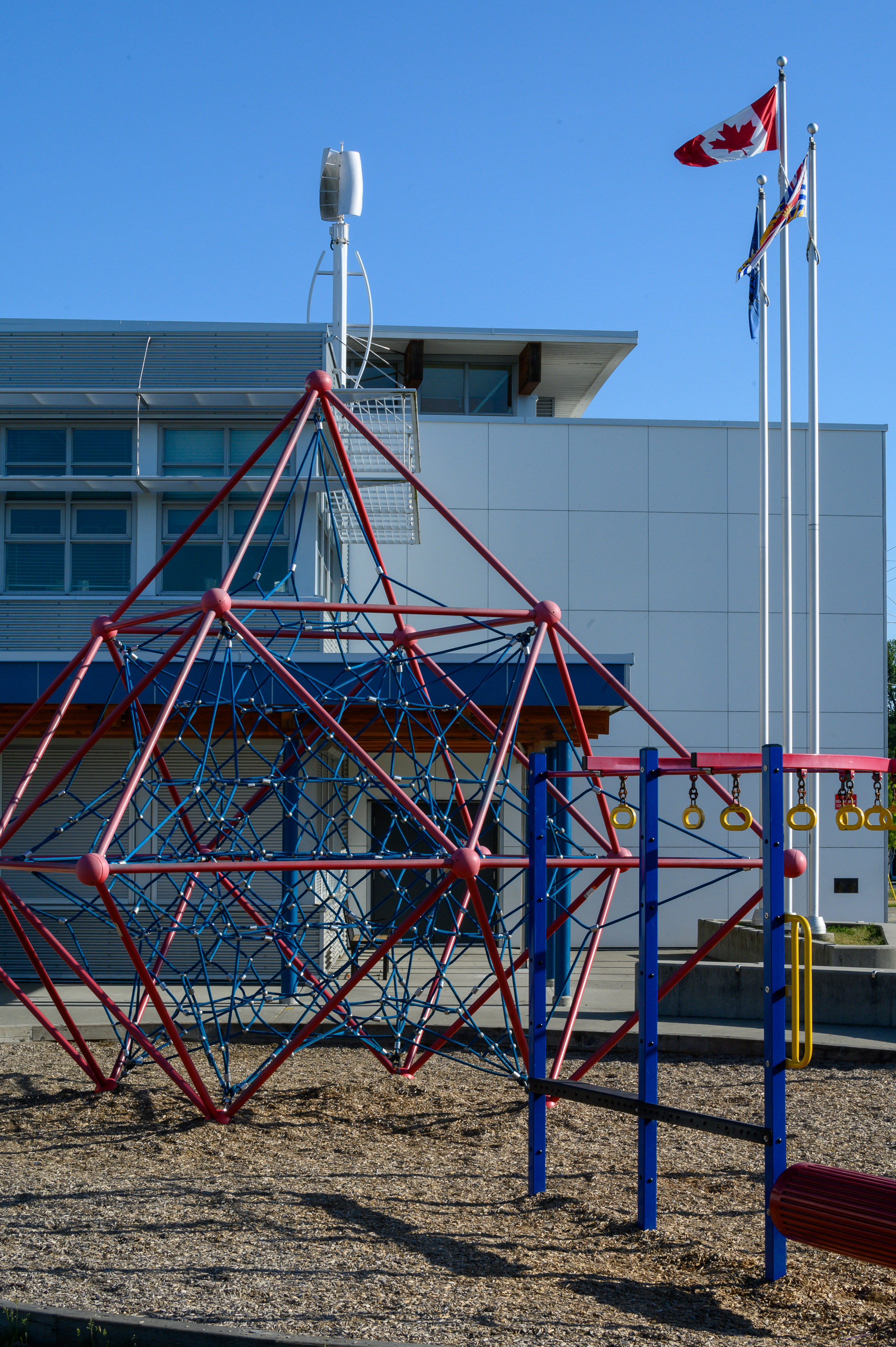About
North Saanich Middle School is located on the traditional territory of the W̱SÁNEĆ people. We are situated 30 kilometers north of Greater Victoria and include the communities of North Saanich and Sidney.
We have over 380 students and 50 teachers and support staff in our learning community. Our multi-age (Grade 6/7) looping classrooms are built on the core philosophy that extended relationships between students, families, and teachers increase momentum and unlock hidden potential. This means students in grades 6 and 7 can have the same teacher for two years. In Grade 8, we benefit from these established relationships to collectively and collaboratively prepare and transition students to high school.
At North Saanich Middle School, we know accessibility, inclusion, diversity, and equity are foundational to learning and leading and are critical to success, well-being, and personal growth. As a learning community, we are committed to ensuring that all our students, families, and staff feel welcomed, are treated respectfully, and have a sense of belonging. We acknowledge our responsibility to support all learners so they may successfully engage in their educational journey with a sense of purpose, choice, and dignity.

Setting goals is an important part of school planning. Please find our detailed school plan here.
